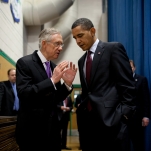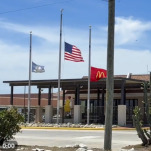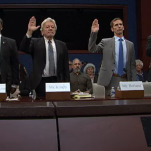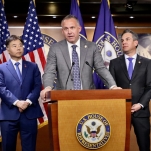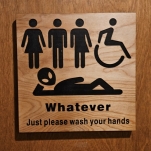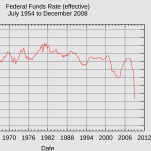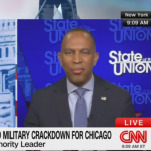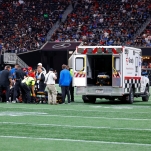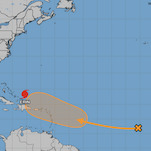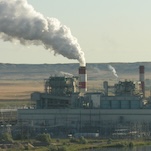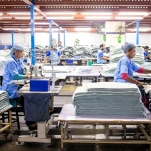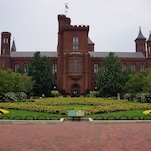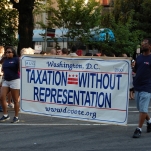Are the job prospects of recent college graduates improving?
This post originally appeared in the New York Fed’s Liberty Street Economics blog. It’s the fourth of four posts that examine the value of a college degree.
The promise of finding a good job upon graduation has always been an important consideration when weighing the value of a college degree. In our final post of this week’s blog series, we take a look at the job prospects of recent college graduates. While unemployment among recent graduates has continued to fall since 2011, underemployment has continued to climb—meaning that fewer graduates are finding jobs that make use of their degrees. Do these trends mean that there has been a decline in the demand for those with college degrees? Using data on online job postings, we show that after falling sharply during the Great Recession, the demand for college graduates rebounded during the early stages of the recovery, but has been flat for the past year and a half, suggesting that the demand for college graduates has leveled off. All in all, while finding a job has become easier for recent college graduates over the past few years, finding a good job has not, and doing so is likely to remain a challenge for some time to come.
Unemployment among Recent College Graduates
Let’s start with the good news: more recent college graduates are finding work. As the chart below shows, after reaching a peak of slightly more than 7 percent in 2011, the unemployment rate for recent grads has generally been declining and now stands at just over 5 percent. This is less than half the rate for young workers without a college degree, but still high by historical standards and above the rate for college graduates more generally.
Underemployment among Recent College Graduates
While more recent graduates are finding jobs, they aren’t necessarily finding good ones. Below, we plot the underemployment rate—that is, the share of graduates working in jobs that typically don’t require a college degree—for recent college graduates and college graduates as a whole. (As discussed in our recent Current Issues article, we classify a job as a “college job” if at least 50 percent of the people working in that job indicate that at least a bachelor’s degree is necessary; otherwise, we classify the job as a “non-college job.”) After falling during the economic expansion of the 1990s, the underemployment rate for both groups began rising in 2003 and has continued to climb, more or less, into 2014. It is possible that selection played a role in the rising underemployment rate, in that during both recessions of the 2000s, more people chose to go to college because job prospects were poor, reducing the quality of the average student. Nonetheless, the underemployment rate of recent college graduates now stands at 46 percent, compared with about 35 percent for college graduates as a whole.
-

-

-

-

-

-

-

-

-

-

-

-

-

-

-

-

-

-

-

-

-

-

-

-

-

-

-

-

-

-

-

-

-

-

-

-

-

-

-

-

-

-

-

-

-

-

-

-

-

-

-

-

-

-

-

-

-

-

-

-

-

-

-

-

-

-

-

-

-

-

-

-

-

-

-

-

-

-

-

-

-

-

-

-

-

-

-

-

-

-

-

-

-

-

-

-

-

-

-

-

-

-

-

-

-

-

-

-







